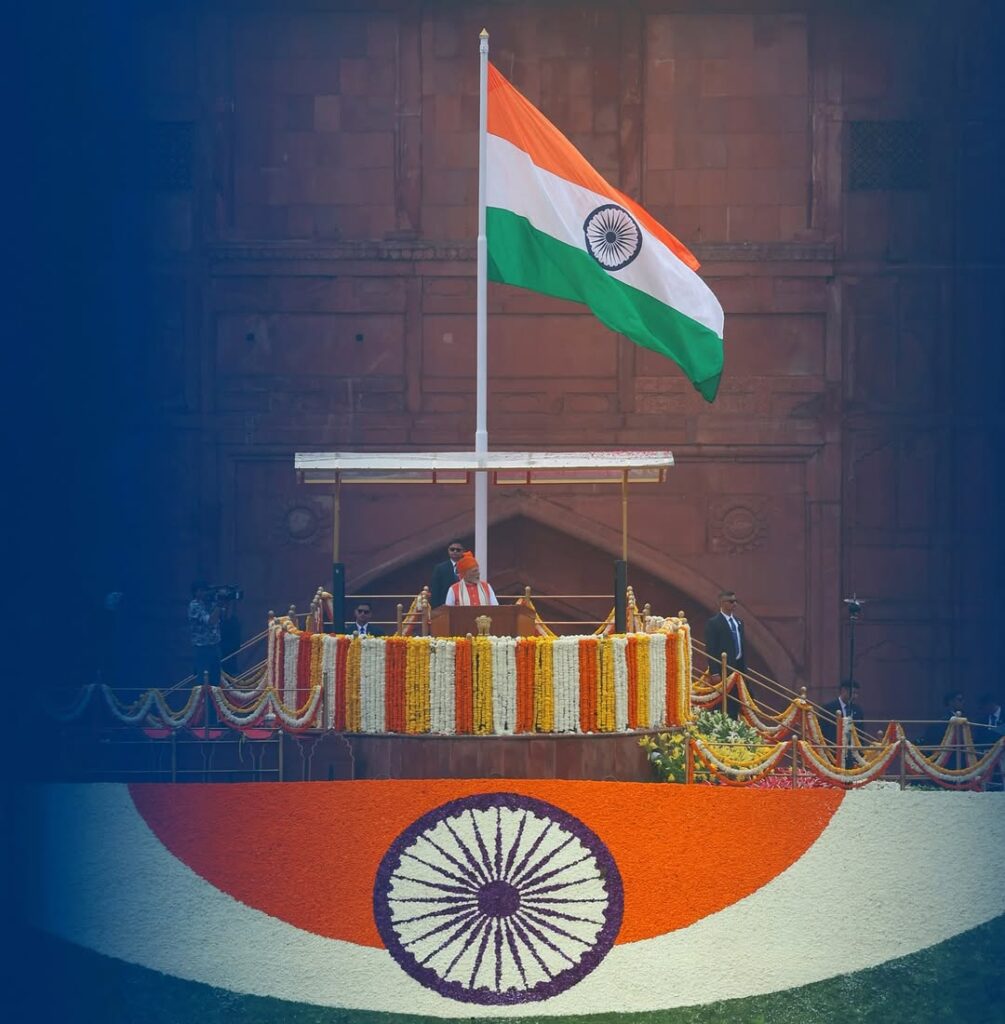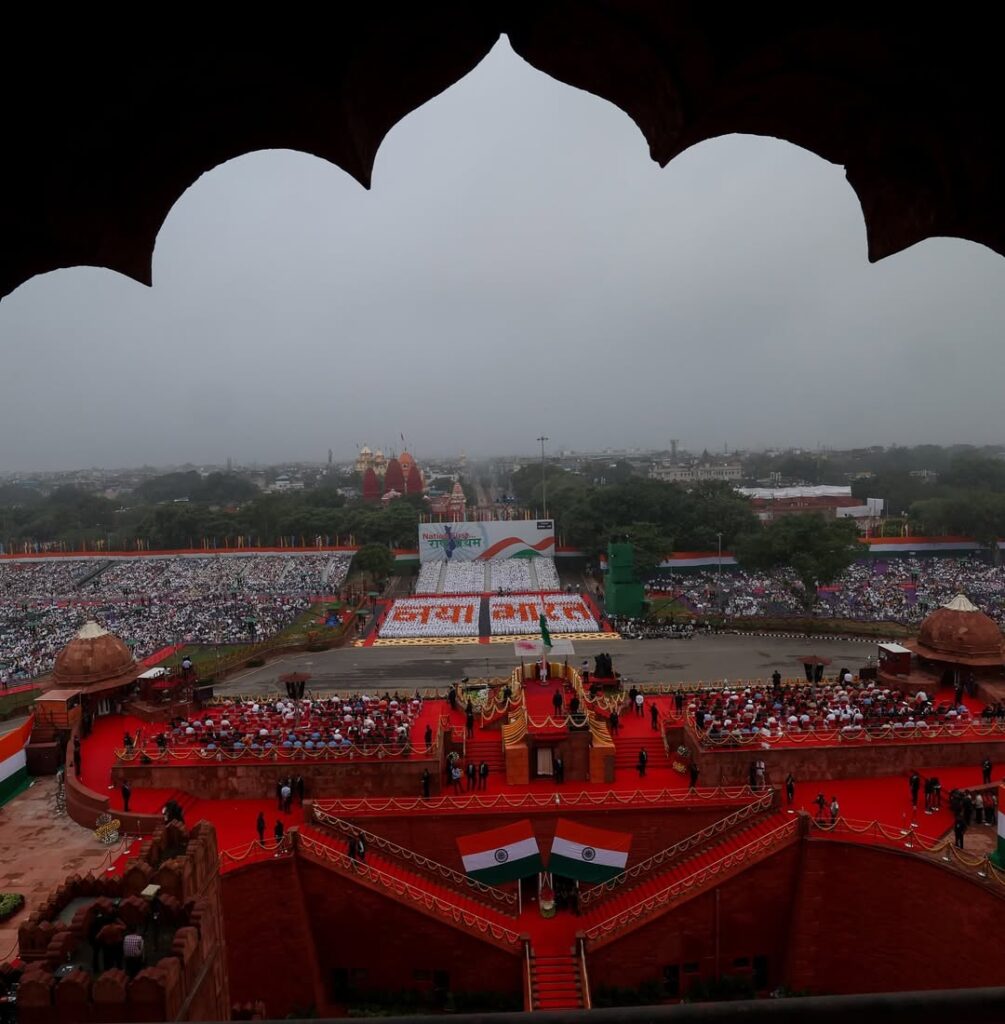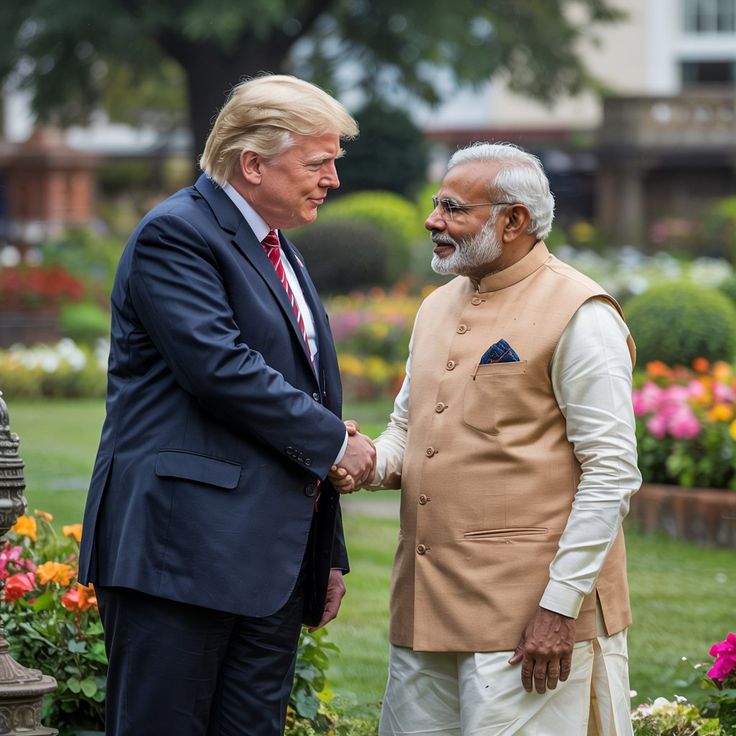On its 79th Independence Day, India didn’t just celebrate freedom—it showcased the unstoppable rise of ‘Naya Bharat,’ crowned by the decisive triumph of Operation Sindoor.

New Delhi, August 15, 2025 — As dawn broke over the nation today, India marked its 79th Independence Day with both solemn pride and forward momentum. The celebrated theme of “Naya Bharat” (New India) shone through every aspect of the national festivities, honoring a vision of progress, self-reliance, and unity.
President Droupadi Murmu, invoking both remembrance and resolve, declared Operation Sindoor a powerful symbol of India’s readiness and growing self-reliance in defense. She described the April 22 Pahalgam terror attack— which claimed 26 innocent lives—as “cowardly and utterly inhuman,” while spotlighting the seamless coordination and precision of the armed forces in responding swiftly and decisively. The operation, she emphasized, embodied the spirit of Atmanirbhar Bharat through its deployment of indigenous systems such as the Akash and BrahMos missiles.
Operation Sindoor: A Strategic and Technological Milestone
Operation Sindoor, which was put into action in early May, became a historic counterterrorism operation. Launched in direct retaliation to the Pahalgam atrocity, it involved coordinated strikes on nine terrorist camps across Pakistan and Pakistan-occupied Kashmir—all executed without violating international boundaries.
IAF Chief Air Chief Marshal Amar Preet Singh revealed that the Indian Air Force successfully shot down at least five Pakistani fighter jets and an airborne early warning aircraft during the operation. Analysts have since affirmed these claims, underscoring the effectiveness of India’s integrated aerial defense posture.
Defence Minister Rajnath Singh portrayed the operation as emblematic of a “new art of warfare”—one that blends modern technology, precise intelligence, and strategic finesse. He credited the armed forces for demonstrating India’s evolved military doctrine and national preparedness.
The Indian Air Force’s successful deep strike campaign, utilizing indigenous platforms and enabling real-time coordination, not only dismantled key terrorist infrastructure but, by some accounts, set back Pakistan’s air defense capabilities by as much as five years.
According to DRDO Chair Samir Kamat, the operation showcased India’s indigenous defense technologies—from Akash and MRSAM missiles to the BrahMos, D4 anti-drone systems, AWACS, and the automated Akashteer air-defence system. International interest in these systems is on the rise, with projected defence exports expected to grow substantially.
Moreover, in Varanasi last week, Prime Minister Modi invoked spiritual symbolism by dedicating the success of Operation Sindoor to Lord Mahadev. He equated the operation’s victory to divine justice and reaffirmed India’s defence self-reliance, especially praising defence developments within Uttar Pradesh.
The name “Operation Sindoor” carries deep cultural resonance. It references the vermillion traditionally worn by married Hindu women—a symbol of dignity and marital life. The operation thus honored the victims of Pahalgam, particularly the poignant story of Lieutenant Vinay Narwal’s widow whose missing sindoor became an emblem of national mourning.
Honoring the True Heroes
Today, India also paid tribute to the bravery of its armed forces. On Independence Day, nine IAF fighter pilots, four Army soldiers, and two BSF personnel were awarded the Vir Chakra, the nation’s third-highest wartime gallantry award, for their roles in the high-risk precision strikes of Operation Sindoor.
In a parallel recognition, sixteen BSF personnel received gallantry medals for their “conspicuous bravery” in safeguarding the western frontier during the operation.
A Spectacle of Unity and Progress at the Red Fort
The celebrations at the Red Fort were a stirring blend of tradition and futuristic vision. The yearly anniversary was anchored firmly in the theme of Naya Bharat, reflected in every detail from décor to guest lists. Floral tributes, tiered seating, a flush of security enhancements, and a symbolic Operation Sindoor flag—all marked the event as uniquely ambitious.
More than 5,000 special guests attended—from rural sarpanches who have spearheaded local development, to “My Bharat” volunteers fostering citizen involvement, to armed forces cadets who represent the country’s future.
Highlights included a 21-gun salute, a Mi-17 helicopter flypast, and a floral shower honoring Operation Sindoor that rained across the plaza.These gestures elevated the ceremony into a visual ode to national strength and unity.

Naya Bharat: A Vision Anchored in Today and Tomorrow
The concept of Naya Bharat transcends symbolism—it is a clarion call for social equity, economic growth, and technological sovereignty. President Murmu pointed to India’s 6.5% GDP growth, rising export momentum, and controlled inflation as indicators of progress. She reaffirmed the nation’s commitment to constitutional ideals—justice, liberty, equality, and fraternity—while stressing inclusive access to education, healthcare, and opportunities.
This Independence Day also witnessed a celebration of the unsung heroes: sanitation workers and civic staff were formally recognized alongside cultural performances that underscored a vibrant, evolving India.
Toward India @2047: Visioning a Developed, Self-Reliant Nation
The Naya Bharat narrative aligns with the broader goal of Viksit Bharat by 2047—a forward-looking vision for a developed, self-reliant India in its centenary year of independence. Today’s celebrations, particularly the active engagement of citizens invited to shape the themes, reflect a shared sense of ownership in this journey.
Pride, Promise, and Purpose
India’s 79th Independence Day has been far more than a ceremonial flag-raising. It was a manifestation of resilience and resolve—an opportunity to honor past valor, celebrate present achievements, and envision a future that is inclusive, progressive, and sovereign. Set against the backdrop of Operation Sindoor’s success and the Naya Bharat ideal, the nation marked the day with dignity, determination, and direction.
As the tricolor fluttered over the Red Fort and the echo of “Jai Hind” resonated across New Delhi, India sauntered confidently into its New India—anchored in history, optimistic for the future, and united in purpose.


